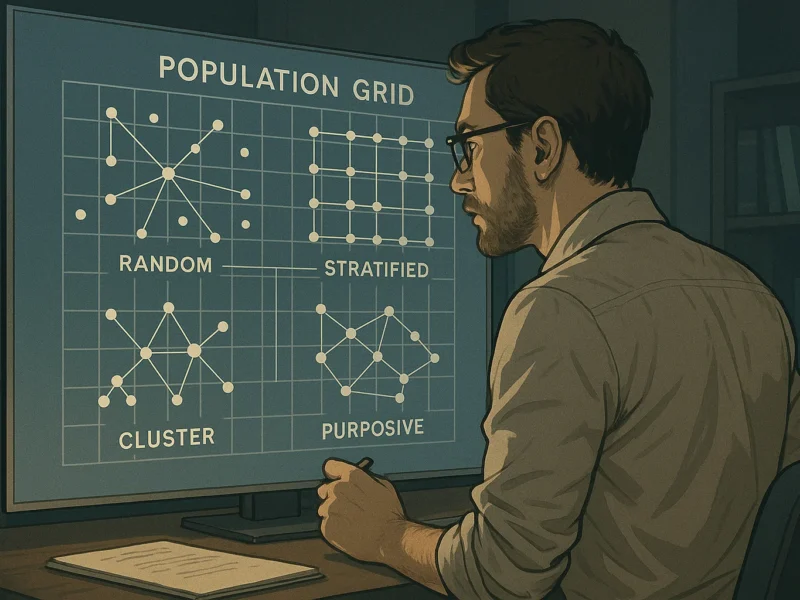Behind every accepted research paper lies a team of editors ensuring quality, ethics, and scientific value. Yet many researchers don’t fully understand how much editors shape the publishing process. Knowing the role of editors in academic publishing helps authors communicate better, improve submissions, and increase their chances of publication.
Who Are Journal Editors?
Journal editors are professionals—often experienced researchers—who oversee the entire publication process, from manuscript submission to final decision.
They act as the bridge between authors, reviewers, and the publisher, ensuring that every published article meets high academic standards.
There are usually multiple types of editors involved in the workflow, each with specific responsibilities and authority.
Types of Editors and Their Roles
1. Editor-in-Chief (EIC)
The Editor-in-Chief is the top decision-maker. They set the journal’s editorial policies, define its scope, and make final publication decisions.
They also:
- Select and train associate editors.
- Oversee peer review quality.
- Handle ethical issues and retractions.
2. Managing Editor
Responsible for the journal’s day-to-day operations, the managing editor coordinates submissions, reviewer assignments, and deadlines.
They ensure smooth communication between all parties and maintain consistency in formatting and publication timelines.
3. Associate or Section Editors
These editors handle papers within their subject area. They evaluate initial submissions, select peer reviewers, and recommend decisions to the Editor-in-Chief.
Their disciplinary expertise ensures papers are reviewed by qualified specialists.
4. Editorial Board Members
Editorial board members often serve as ambassadors for the journal. They suggest reviewers, attract high-quality submissions, and provide guidance on emerging research trends.
5. Copy Editors and Production Editors
Once a paper is accepted, copy editors and production editors polish the manuscript for readability, grammar, and formatting.
They ensure references, figures, and data presentation meet the publisher’s technical requirements.
The Editor’s Role in the Peer Review Process
Editors are the gatekeepers of peer review. When a paper is submitted:
- Initial Screening: The editor checks for fit, originality, and compliance with submission guidelines.
- Reviewer Selection: They choose qualified reviewers based on expertise and past performance.
- Decision Making: After reviews are received, the editor weighs feedback and decides whether to accept, revise, or reject.
- Ethical Oversight: Editors ensure no conflicts of interest or plagiarism occur.
Their judgment balances fairness, quality, and timeliness—three pillars of academic publishing.
How Editors Improve Publication Quality
Editors don’t just reject papers—they refine them. Through their feedback and coordination:
- Poorly structured manuscripts are improved.
- Ambiguous findings are clarified.
- References are checked for accuracy.
- Ethical issues like plagiarism or data duplication are identified early.
Top editors aim to strengthen both the journal’s reputation and the integrity of global scholarship.
Common Reasons Editors Reject Papers Early
Understanding editorial priorities helps avoid quick rejections. The most frequent reasons include:
- Mismatch with journal scope.
- Weak methodology or unclear objectives.
- Lack of novelty or contribution.
- Formatting or ethical issues.
Before submitting, use Paper Insights to evaluate your study’s originality and Citation Generator to ensure proper citation formatting—both reduce rejection risk at the editorial stage.
How Authors Can Work Effectively with Editors
Good communication builds professional trust. Here’s how:
- Be respectful and concise in all correspondence.
- Respond to feedback promptly and professionally.
- Acknowledge reviewer and editor contributions in your revision letter.
- Avoid emotional or defensive responses.
If you disagree with an editorial decision, provide evidence and reasoning calmly. Editors appreciate well-supported arguments over complaints.
Ethical Responsibilities of Editors
Editors are bound by the Committee on Publication Ethics (COPE) guidelines. They must:
- Ensure confidentiality of submissions.
- Avoid bias or conflicts of interest.
- Retract papers if misconduct is proven.
- Maintain transparency in peer review.
These standards uphold the trustworthiness of the entire academic ecosystem.
How ResearchPal Supports Authors in the Editorial Process
ResearchPal simplifies the submission and revision process with tools built for researchers:
- Writing Enhancer: Polishes your writing before submission.
- Paper Insights: Helps identify strengths and weaknesses reviewers might flag.
- Reference Management: Keeps your citations consistent with journal styles.
- Chat with PDF: Lets you interact with reviewer guidelines or journal templates directly.
By preparing thoroughly, you make editors’ jobs easier—and increase your odds of success.
Related Reading
From the Web
Final Thoughts
Editors are the unsung architects of scholarly communication. They ensure that every published paper meets rigorous standards of accuracy, ethics, and clarity. By understanding the role of editors in academic publishing, authors can better navigate the submission process, build stronger relationships, and improve their chances of publication in reputable journals.


